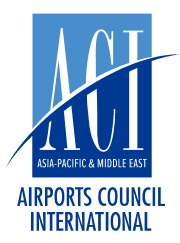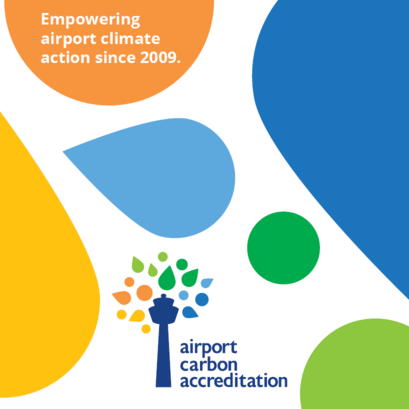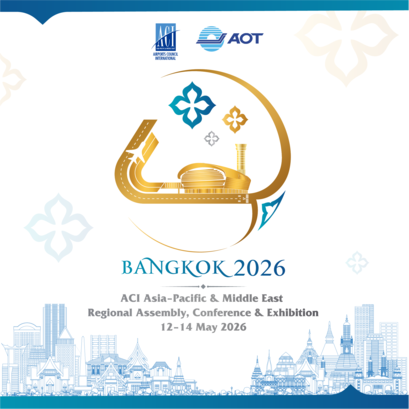
Auckland Airport and Industry Partners Back Development of Risk-Based Border Model Designed for New Zealand’s Virus Management Strategy
- 05 Feb 2021
Auckland Airport has joined with industry partners and medical experts in supporting the development of a risk-based border model aimed at building further understanding of how to safely manage the risk of COVID-19 for New Zealand across the aviation system and support the safe re-opening of the border when conditions allow.
Published today in the New Zealand Medical Journal, the peer-reviewed research evaluates the risk posed by passengers from countries with different prevalence of COVID-19 travelling to New Zealand. It proposes a multi-layer, risk-mitigation approach in support of New Zealand’s elimination strategy by exploring the impact of a more tailored approach to border management that matches the different levels of traveller risk. Developed over the past six months, from the outset the model has suggested some more conservative mitigations than the government policy at the time, such as pre-travel testing, to manage the risks at the New Zealand border for travel from high-risk countries.
Developed by an expert medical advisory panel to help provide evidence-based advice to industry representatives including Air New Zealand, Auckland Airport, Christchurch Airport and Wellington Airport, the model has been medically peer reviewed and is in line with emerging international standards that encourage each country to design strong border controls that match each country’s virus management strategy. During the development of the model the emerging findings have been shared through organisations such as International Air Transport Association (IATA) to help guide the United Nations aviation agency, ICAO, and the World Health Organisation guidance on international border settings.
Auckland Airport Chief Executive Adrian Littlewood said the risk-based model provides further understanding about how airports and the wider aviation ecosystem can safeguard New Zealand against the virus.
“Even in the very early stages of the pandemic we recognised that in order to quickly and effectively respond to the challenges posed by this virus we needed evidence-based guidance on the safe management of the health risks of COVID-19 in the aviation environment.
“By supporting the development of a model in line with the Government’s elimination strategy we were seeking to understand the different interventions that could be put in place to manage the risk at the border,” Mr Littlewood said.
“As a business that normally welcomes more than 70% of passengers into our country, we need to be planning long-term for a future where our staff and terminal infrastructure are responding to new requirements and protections to reduce the risk of virus transmission. Gaining a science-based understanding of the border risks and mitigations is key to this future planning.”
Mr Littlewood said the model focuses on a traveller’s departure country risk using a ‘traffic light’ approach to categorise each country using COVID-19 risk data and is dynamic in that as a country’s risk profile changes the recommended controls also change.
“In the case of Australia, a state-by-state risk-rating can also be assessed should state-to-country re-opening become possible. The model could also complement a future shift from a country risk approach to one based on the risk each individual traveller represents – which will become more relevant as vaccines become more widely available.
“Based on the analysis completed at the time of the medical journal peer review, the model suggests that it will be possible to safely open with the right procedures to more travellers from very low-risk countries, like Australia, that have taken a similar approach as New Zealand to managing COVID-19,” said Mr Littlewood.
“For countries where COVID-19 is still widespread the model recommends continuation of strong border measures including pre- and post-travel testing and 14 days isolation amongst other robust measures already in place.
“As with everything related to keeping our country safe from COVID-19, the model and approach is being continually updated for the latest data and is currently being reviewed to assess how the latest information on transmission, vaccines, and virus management can be included. This will be an ongoing task as we know the re-establishment of regular and reliable air connections with low-risk countries will require a careful and staged approach consistent with New Zealand’s overall COVID-19 strategy.”
The model has been shared with various government agencies to feed into the broader base of evidence-based knowledge needed to manage the risks of COVID-19.
Contact:
Helen Twose, Communications Manager
helen.twose@aucklandairport.co.nz
- CATEGORY
- COUNTRY / AREA
- New Zealand
- AUTHOR
- Auckland International AirportAuckland International Airport Ltd







